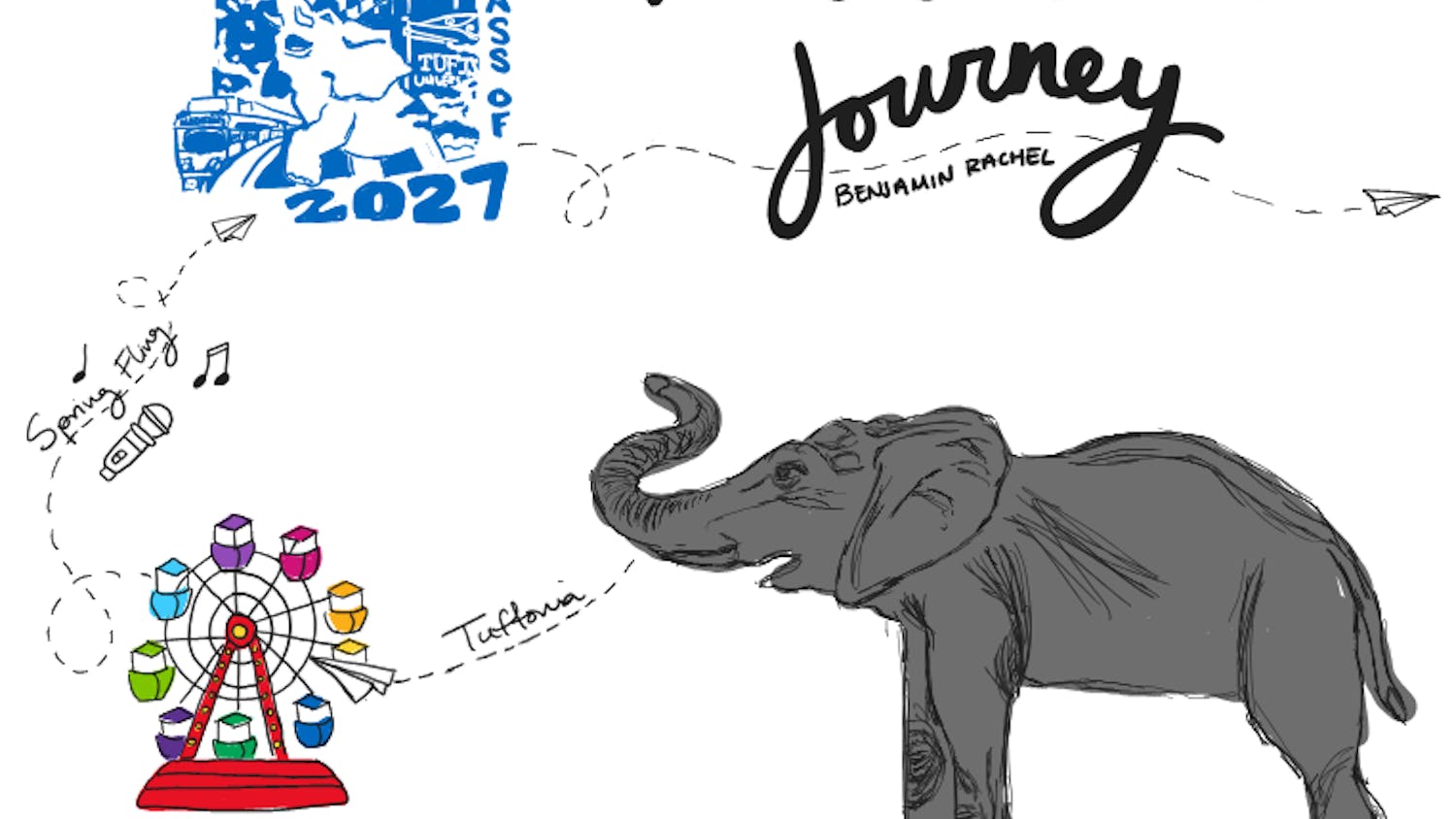Typically when one thinks of oxygen production on Earth, one pictures luscious trees in rainforests like the Amazon or the Congo. However, less than a third of the Earth’s oxygen is made on land; instead, a much more significant amount of the oxygen (approximately 70 percent) is produced by phytoplankton in the oceans. Paired with the knowledge of the ocean’s increasing temperature and acidification due to climate change, the need for dramatic action against climate change becomes far more urgent. Research from the UK indicate that as warming continues and the amount of dissolved oxygen in the oceans decreases, phytoplankton faces extinction.
Now, I don’t want to induce overwhelming amounts of fear. We are not going to asphyxiate tomorrow, but it is not too late to begin repairing the damage that we have done to many of the planet's vital systems. As we all know, our planet’s temperature is rising due to the greenhouse effect, caused by increases in gases like carbon dioxide and methane. Since we know how these processes occur, we also know how to stop and even potentially reverse them.
Globally, the three largest contributors to greenhouse gas emissions are the energy, agriculture and industrials sectors, and all of these areas can be improved by the collective will of the people. The following are some potential steps we can all take to mitigate the production of greenhouse gases in each of these different sectors.
With regards to energy production, serious steps can be taken to improve local energy production. One powerful step communities can take is the collectivization of their local power grid. When a community works together to gain control of their power supply and distribution, they can take steps to reduce the costs of electricity and to guarantee that the electricity is being produced in sustainable ways.
The next sector to tackle is the world of agriculture. Of course we cannot stop eating, but there are certain types of food that we should do our best to stop consuming. Meat and dairy products require vast amounts of land, water and greenhouse gas emissions to produce. Cows produce almost 80 million metric tons of methane a year and methane produces more immediate warming than carbon dioxide does, according to the IPCC. To stop this, students and others can and have demanded things like Meatless Mondays or increased vegetarian and vegan alternatives in dining halls. They can also demand that local restaurants work to provide vegan and vegetarian options. Not every meal has to be meatless, but great strides must be made in reducing meat consumption to reverse the effects of climate change.
Industry is the last big contributor, and tackling it can have large positive impacts outside of the climate. By unionizing, employees can gain power over their employers and demand both sustainable production policies and better wages and conditions. Engaging with movements like Earth Strike or raising awareness about the benefits and rights of unions are a key part of the environmental struggle.
Although the task may seem daunting, there are simple steps we can all take to prevent oceanic warming and the risk of phytoplankton extinction. Together, a better future is possible for all of us. We simply need to work together and demand the necessary changes to make that future a reality.
CORRECTION: Yesterday's column "On this Spaceship Earth: Commotion in the oceans" was published online under the wrong author's name. The article has been updated to reflect that Noah Mills wrote it. The Daily deeply regrets this error.
More from The Tufts Daily





